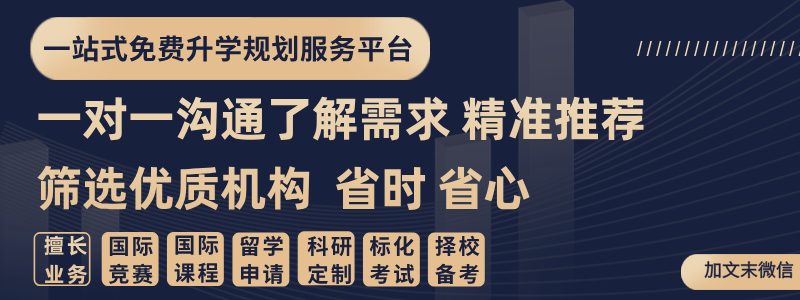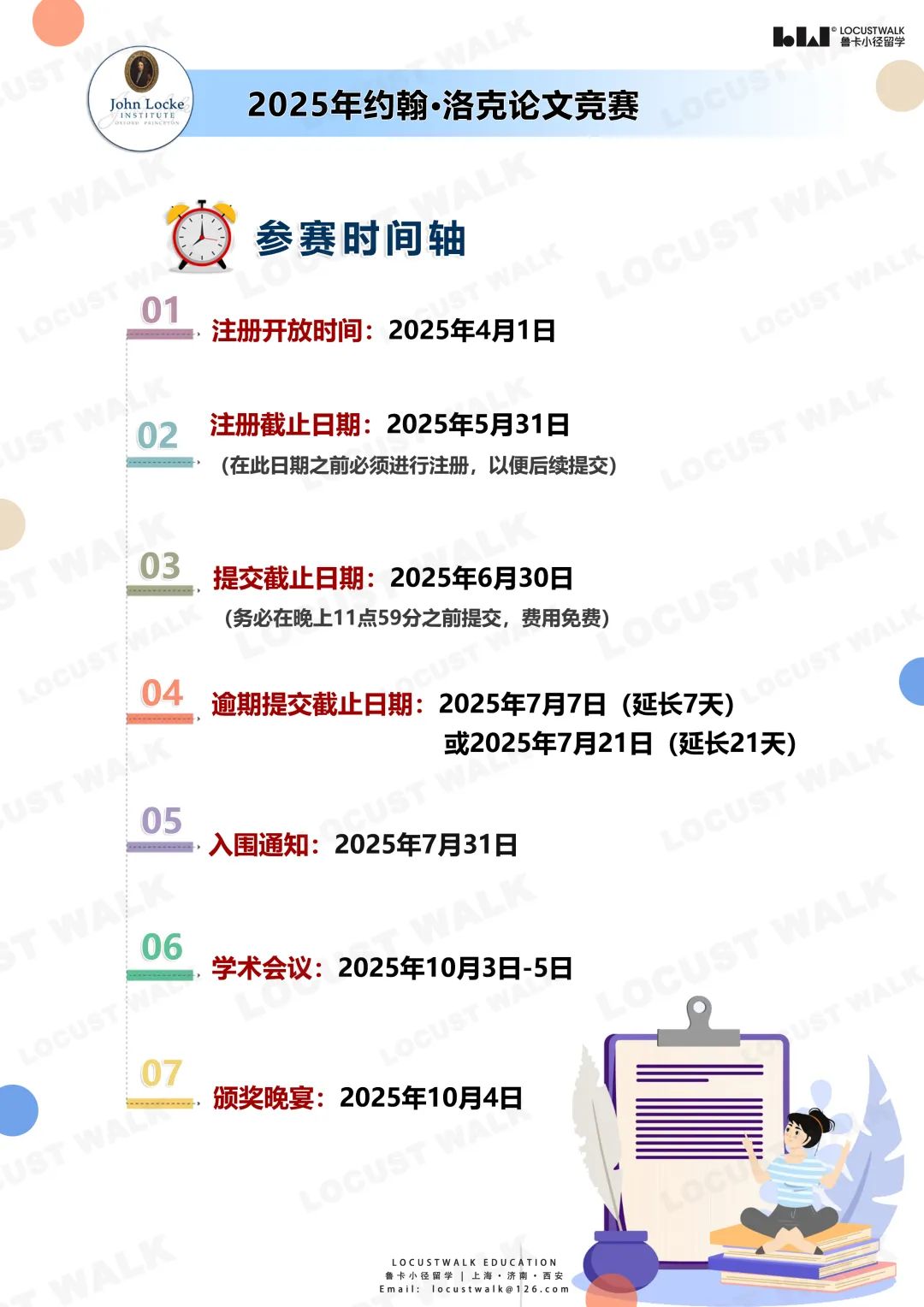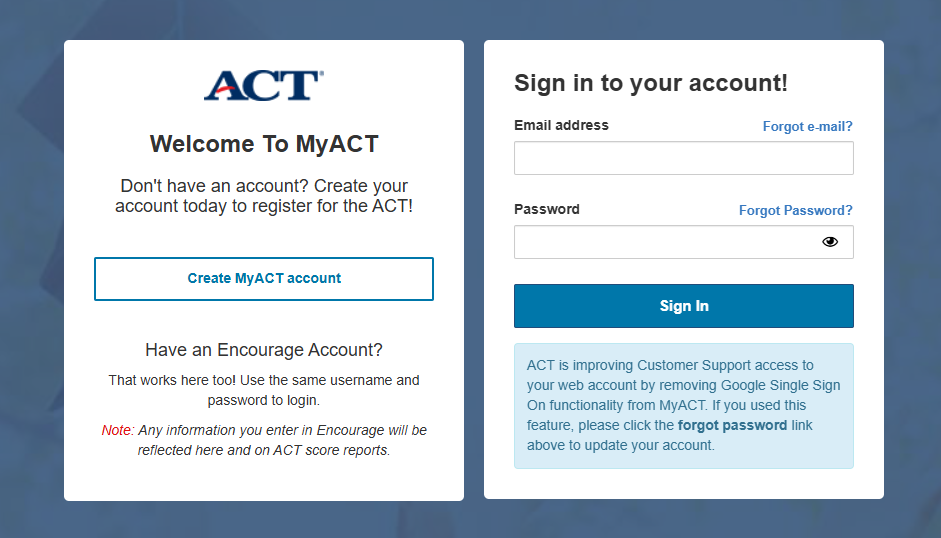暑期刚至,又到了我们学术写作课火热展开的时候。对于学术写作的重要性,家长和同学们有时会有一些误解。譬如有些家长觉得自己孩子平时喜欢写小说日记,写作能力已经挺好的了,但要知道学术写作和日记小说这类叙事性的写作,有很大的差别,具体在目的,框架,方法,语言,造句等等方面都不一样,需要专门的学习和训练。
还有一些家长和同学们觉得既然叫做“学术写作”,我以后并没有打算读研读博搞学术研究,所以也不需要学习这个技能。虽然Academic writing有“学术”二字在里面,但实际上Academic writing是一项在任何行业都必须具备的一项基本技能。它不仅是要求同学们有良好的沟通能力,更重要的是培养同学们的批判性思维,分析问题解决问题的能力。
在美国求职市场上,超过73%的雇主寻求有strong written communication skills 的求职者,它已经成为与“leadership”和“teamwork”并列的一项最基本的能力指标。2013年的一项调查更是指出,93%的雇主同意雇员应具备批判性思维,解决复杂问题,和清晰书面交流的能力。
我们写作课使用的教材是哈佛大学写作课程的制定教材,同时我们今天也转载来自南加州大学官网的一篇教学文章,讨论学术写作的一些基本要点。这些内容都是涵盖于我们初级课和中级课的课程内容。
Importance of Good Academic Writing
The accepted form of academic writing in the social sciences can vary considerable depending on the methodological framework and the intended audience. However, most college-level research papers require careful attention to the following stylistic elements:
I. The Big Picture
Unlike creative or journalistic writing, the overall structure of academic writing is formal and logical. It must be cohesive and possess a logically organized flow of ideas; this means that the various parts are connected to form a unified whole. There should be narrative links between sentences and paragraphs so that the reader is able to follow your argument. The introduction should include a description of how the rest of the paper is organized and all sources are properly cited throughout the paper.
II. Tone
The overall tone refers to the attitude conveyed in a piece of writing. Throughout your paper, it is important that you present the arguments of others fairly and with an appropriate narrative tone. When presenting a position or argument that you disagree with, describe this argument accurately and without loaded or biased language. In academic writing, the author is expected to investigate the research problem from an authoritative point of view. You should, therefore, state the strengths of your arguments confidently, using language that is neutral, not confrontational or dismissive.
III. Diction
Diction refers to the choice of words you use. Awareness of the words you use is important because words that have almost the same denotation [dictionary definition] can have very different connotations [implied meanings]. This is particularly true in academic writing because words and terminology can evolve a nuanced meaning that describes a particular idea, concept, or phenomenon derived from the epistemological culture of that discipline [e.g., the concept of rational choice in political science]. Therefore, use concrete words [not general] that convey a specific meaning. If this cannot be done without confusing the reader, then you need to explain what you mean within the context of how that word or phrase is used within a discipline.
IV. Language
The investigation of research problems in the social sciences is often complex and multi-dimensional. Therefore, it is important that you use unambiguous language. Well-structured paragraphs and clear topic sentences enable a reader to follow your line of thinking without difficulty. Your language should be concise, formal, and express precisely what you want it to mean. Do not use vague expressions that are not specific or precise enough for the reader to derive exact meaning ["they," "we," "people," "the organization," etc.], abbreviations like 'i.e.' ["in other words"], 'e.g.' ["for example"], or 'a.k.a.' ["also known as"], and the use of unspecific determinate words ["super," "very," "incredible," "huge," etc.].
V. Punctuation
Scholars rely on precise words and language to establish the narrative tone of their work and, therefore, punctuation marks are used very deliberately. For example, exclamation points are rarely used to express a heightened tone because it can come across as unsophisticated or over-excited. Dashes should be limited to the insertion of an explanatory comment in a sentence, while hyphens should be limited to connecting prefixes to words [e.g., multi-disciplinary] or when forming compound phrases [e.g., commander-in-chief]. Finally, understand that semi-colons represent a pause that is longer than a comma, but shorter than a period in a sentence. In general, there are four grammatical uses of semi-colons: when a second clause expands or explains the first clause; to describe a sequence of actions or different aspects of the same topic; placed before clauses which begin with "nevertheless", "therefore", "even so," and "for instance”; and, to mark off a series of phrases or clauses which contain commas. If you are not confident about when to use semi-colons [and most of the time, they are not required for proper punctuation], rewrite using shorter sentences or revise the paragraph.
VI. Academic Conventions
Citing sources in the body of your paper and providing a list of references as either footnotes or endnotes is a very important aspect of academic writing. It is essential to always acknowledge the source of any ideas, research findings, data, paraphrased, or quoted text that you have used in your paper as a defense against allegations of plagiarism. Equally important, the scholarly convention of citing sources allow readers to identify the resources you used in writing your paper so they can independently verify and assess the quality of findings and conclusions based on your review of the literature. Examples of other academic conventions to follow include the appropriate use of headings and subheadings, properly spelling out acronyms when first used in the text, avoiding slang or colloquial language, avoiding emotive language or unsupported declarative statements, avoiding contractions, and using first person and second person pronouns only when necessary.
VII. Evidence-Based Reasoning
Assignments often ask you to express your own point of view about the research problem. However, what is valued in academic writing is that opinions are based on evidence-based reasoning. This refers to possessing a clear understanding of the pertinent body of knowledge and academic debates that exist within, and often external to, your discipline concerning the topic. You need to support your opinion with evidence from scholarly [i.e., academic or peer-reviewed] sources. It should be an objective stance presented as a logical argument. The quality of the evidence you cite will determine the strength of your argument. The objective is to convince the reader of the validity of your opinion through a well-documented, coherent, and logically structured piece of writing. This is particularly important when proposing solutions to problems or delineating recommended courses of action.
VIII. Thesis-Driven
Academic writing is “thesis-driven,” meaning that the starting point is a particular perspective, idea, or position applied to the chosen topic of investigation, such as, establishing, proving, or disproving solutions to the research questions posed for the topic. Note that a problem statement without the research questions does not qualify as academic writing because simply identifying the research problem does not establish for the reader how you will contribute to solving the problem, what aspects you believe are most critical, or suggest a method for gathering data to better understand the problem.
IX. Complexity and Higher-Order Thinking
Academic writing addresses complex issues that require higher-order thinking skills applied to understanding the research problem [e.g., critical, reflective, logical, and creative thinking as opposed to, for example, descriptive or prescriptive thinking]. Higher-order thinking skills include cognitive processes that are used to comprehend, solve problems, and express concepts or that describe abstract ideas that cannot be easily acted out, pointed to, or shown with images. Think of your writing this way: One of the most important attributes of a good teacher is the ability to explain complexity in a way that is understandable and relatable to the topic being presented. This is also one of the main functions of academic writing--examining and explaining the significance of complex ideas as clearly as possible. As a writer, you must adopt the role of a good teacher by summarizing a lot of complex information into a well-organized synthesis of ideas, concepts, and recommendations that contribute to a better understanding of the research problem.














